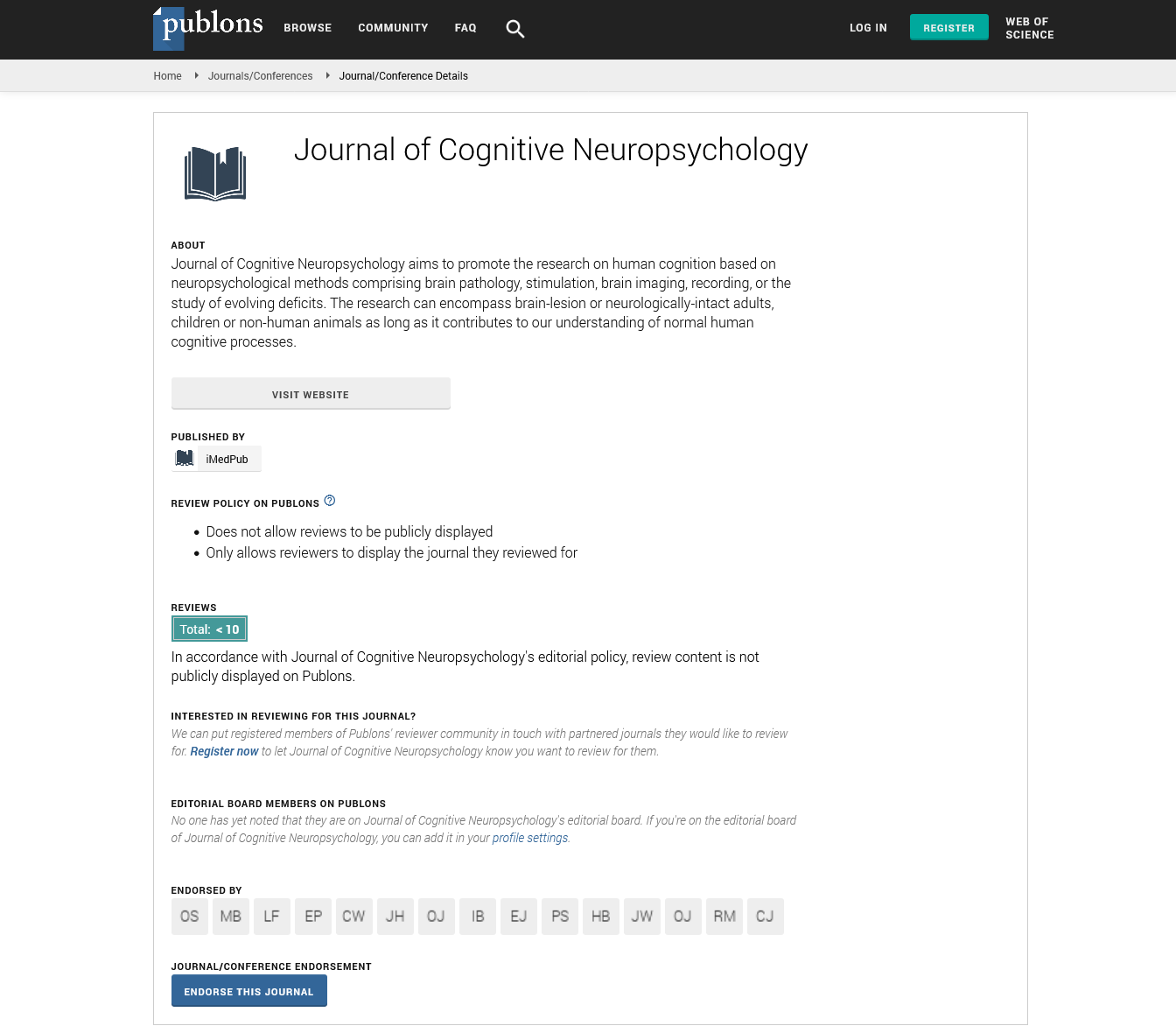Synergistic effects of Chitosan- stabilized Selenium nanoparticles and stem cells in the protection of Streptozotocin-induced neurotoxicity in the male rats
17th World Congress on Vascular Dementia and Neurodegenerative Diseases
April 12, 2021 Webinar
Sara Soleimani Asl, Siamak Shahidi
Deaprtment of Anatomy, Faculty of Medicine, Hamadan University of Medical Sciences, Hamadan, Iran Department of Physiology, Faculty of Medicine, Hamadan University of Medical Sciences, Hamadan, Iran
ScientificTracks Abstracts: Jour Cogn Neuropsy
Abstract
Alzheimer’s disease (AD) is one of the common neurodegenerative disease characterized by memory impairment. The protective effects of stem cell-based therapy have been reported in AD. In this study, we assumed that Chitosan- coated Selenium nanoparticle (ChSeNPs) increase the efficiency of stem cells in the attenuation of neurotoxicity in the rat AD model. The AD model was induced using Streptozotocin (STZ) and treated by the adipose-derived mesenchymal stem cells (AMSCs) and ChSeNPs (0.4 mg/kg). Passive avoidance learning and recognition memory were assessed using shuttle box and novel object recognition tasks. The deposition of amyloid-beta, homing and survival of the injected cells, antioxidant capacity, and concentration of BDNF were assessed using the histological, biochemical, and ELISA methods. Our results showed that the administration of ChSeNPs besides AMSCs more effective in the increasing the step through latency and discrimination index than the administering ChSeNPs or AMSCs separately. Moreover, combined therapy caused a significant increase in antioxidant capacity and BDNF concentration compared to conventional treatment of ChSeNPs or AMSCs alone. Ultimately, the homing and survival of the transplanted AMSCs were greater in the group that received both stem cells and ChSeNPs. Taken together, it seems that the administration of ChSeNPs enhances the efficiency of transplanted stem cells in decreasing the neurotoxicity induced by STZ through an increase in the antioxidant capacity and BDNF concentration.
Biography
Sara has graduated in anatomical sciences from Tehran University of Medical Sciences. Currently, She is working at Hamadan University of Medical Sciences as an associate professor and doing researches about stem cells and neurodegenerative disease. She has had a long- term intensive interest in neurodegenerative disease and possible therapeutic. Now, She is trying to differentiate the various stem cells to nerve cells and improve the in-vivo environments to administration the cells in the neurodegenerative disease.
Google Scholar citation report
Citations : 8
Journal of Cognitive Neuropsychology received 8 citations as per Google Scholar report
Journal of Cognitive Neuropsychology peer review process verified at publons
Abstracted/Indexed in
- Google Scholar
- Publons
- MIAR
Open Access Journals
- Aquaculture & Veterinary Science
- Chemistry & Chemical Sciences
- Clinical Sciences
- Engineering
- General Science
- Genetics & Molecular Biology
- Health Care & Nursing
- Immunology & Microbiology
- Materials Science
- Mathematics & Physics
- Medical Sciences
- Neurology & Psychiatry
- Oncology & Cancer Science
- Pharmaceutical Sciences
